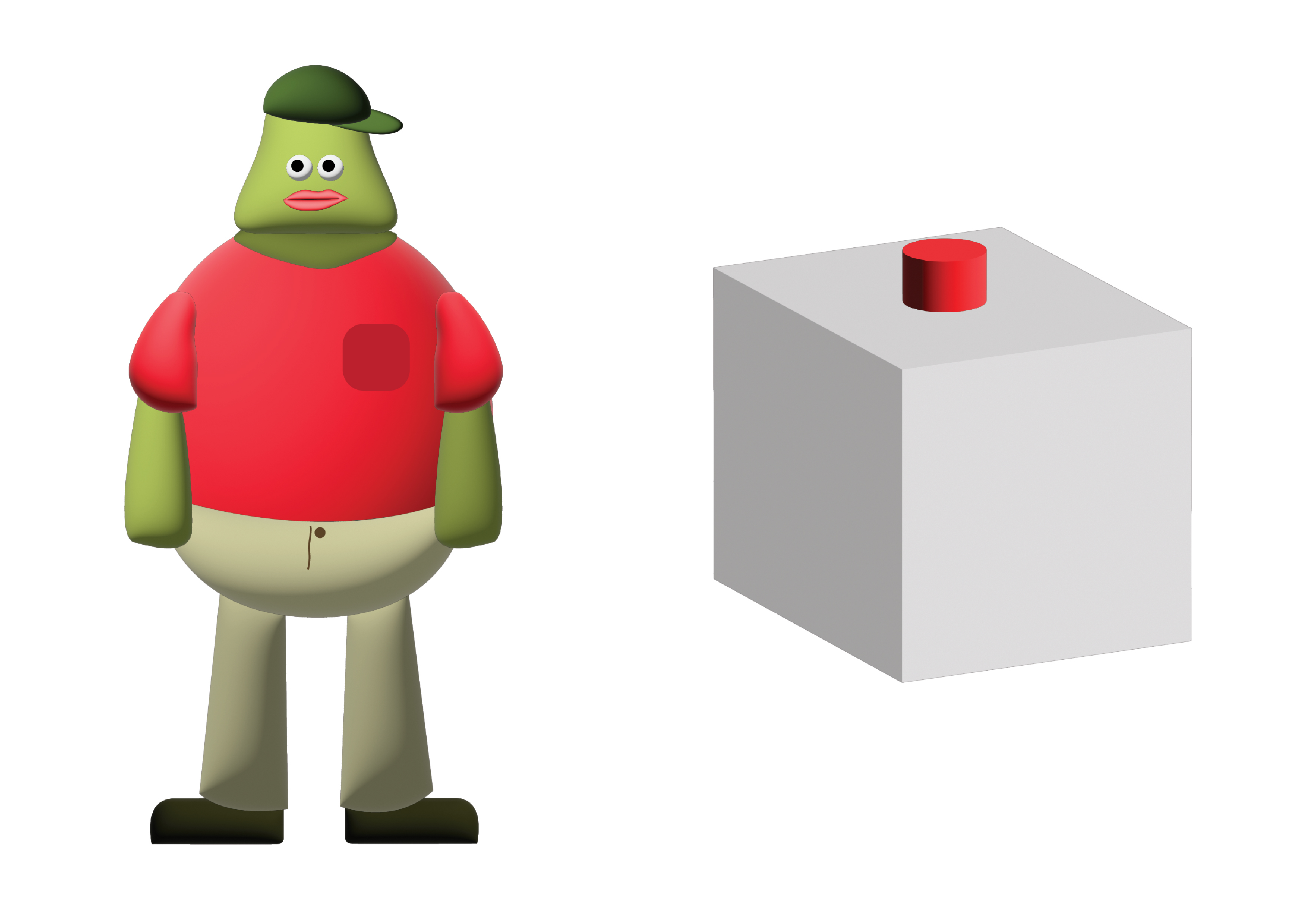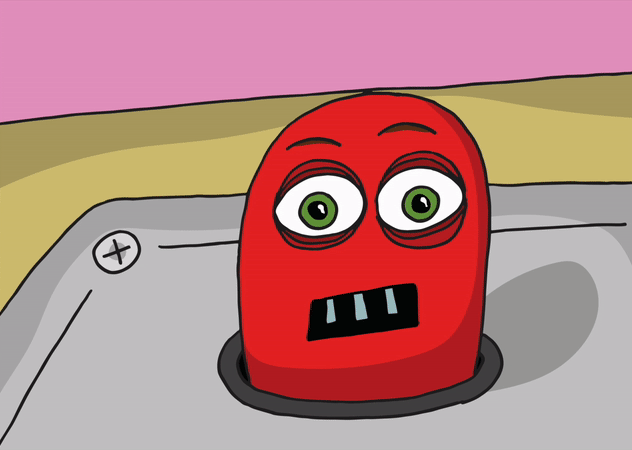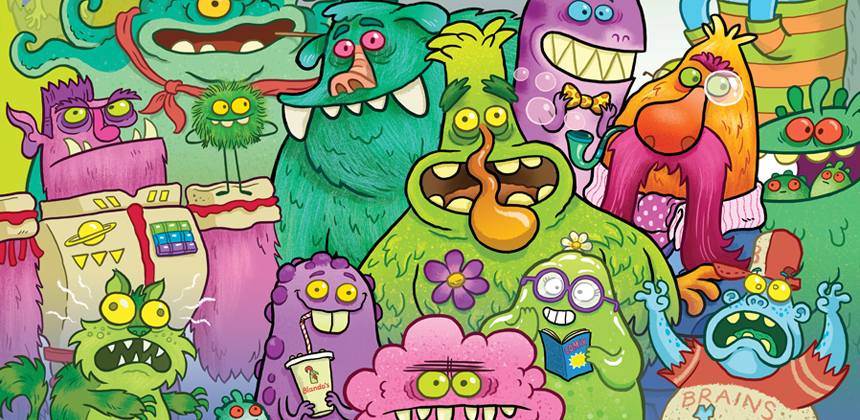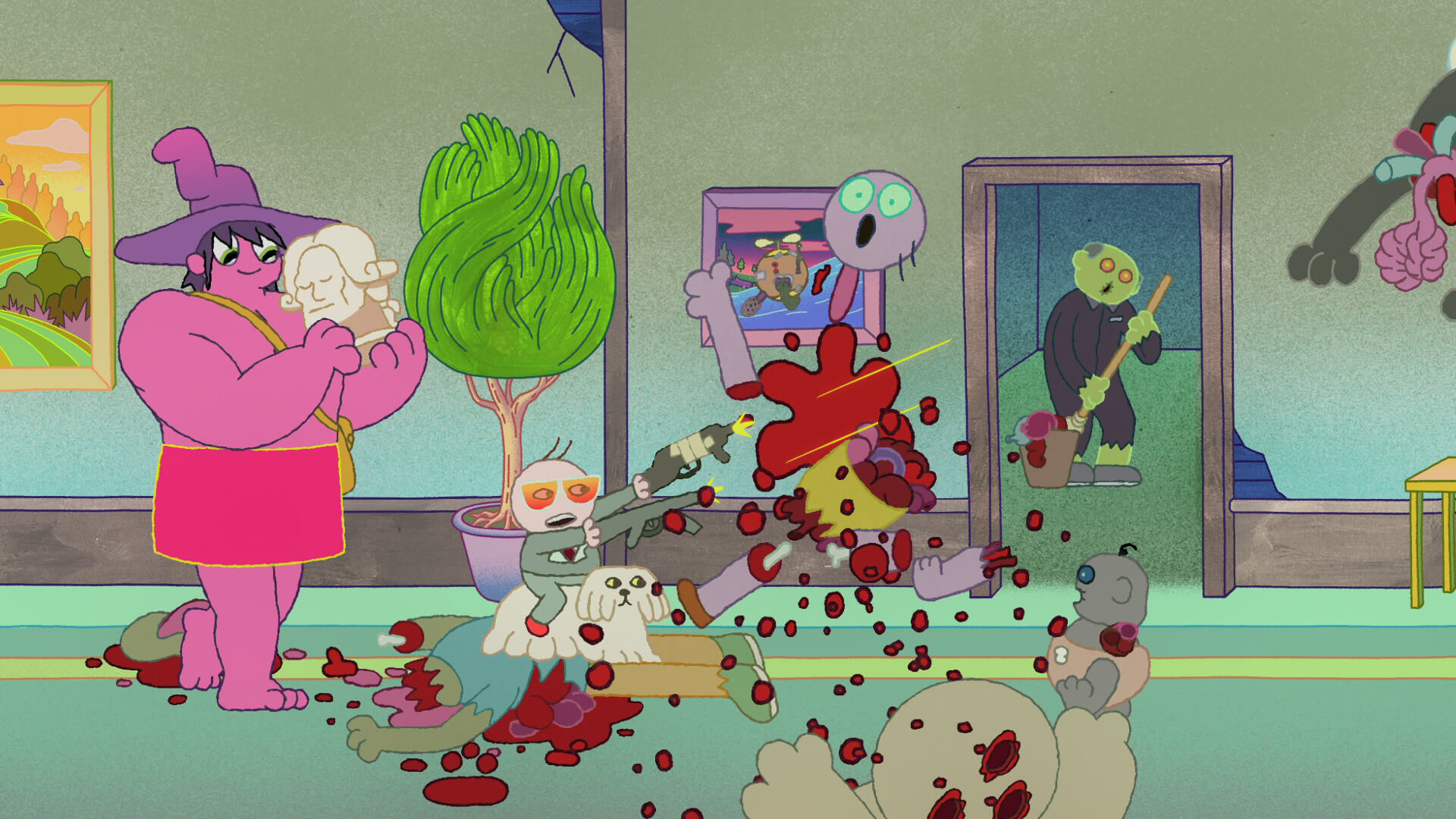Animated Interview
AGP606
From: Third year studies at Brighton University
The brief for this project asked for us to conduct and interview, of our choice, and to present it in a way that suited our personal style. The interview we chose had to engage with someone/something who/that has either informed or challenged our practice to date. This could’ve been a reference from previous written work, a speaker from the Professional Practice series, or a practitioner that I’ve looked at for as part of an earlier project. To note, the term practitioner was open to other fields and disciplines, and did not need to be tied to graphic design, in my case it was an illustrator. Working individually as the researcher and designer of this project, I considered the questions, question order, tone, setting, the dynamic between interviewer and interviewee, pace, the recording equipment, and the editing; all with the same attention to detail that I’d give to designing its final form. The format and how the dialogue is then translated to a public was up to me.
Image above sourced from Blechas website. Please click here or on the image to be sent to Aaron Blecha’s website.
After a week of emailing and a lack of replies from my original options, animation directors from the hit Netflix show ‘The Midnight Gospel’; I chose Aaron Blecha for my interview, a Brighton based character designer.
Blecha, an American born designer, now living in Brighton with his family, has illustrated over 40 books and has harnessed the use of instagram and youtube and posts on these platforms to educate, with tutorials, and update his followers with the artists latest sketches and exhibition details.
His exhibition held in the Brighton and Hove Museum, 2018, is something I stumbled across when researching about character designers, and subsequently wanted to talk to him about it.

I knew from this point I needed to collect as much information as I
could about Aaron and character design in general so that I could
then use that information to drive the production of questions - that he would be interested to answer. This is the sheet of paper I had infront of my whilst I was interviewing, some were written in short so that I could avoid a script like reading and sounding more formal. I wanted the interview to be relaxed and slow paced so that Blecha would feel more comfortable, and so that when it came down to animating, It would be a more friendly chat, like we had known each other prior. Watch below to see an edited extended version of the interview with no visuals.
The midnight Gospel is a popular Netlix original animation series, which uses the audio from a spiritual and life coach style
podcast, Duncan Trussell’s Family Hour. The show combines
deep meaningful conversations with erratic animated visuals.
This difference in visual and audio viewing is what has
pushed this show to the level of success at which it now stands, with two
nominations for best animation in 2020 and 2021.
I used this format as inspiration for my interview. I wanted to manipulate our conversation with a fast pace, colourful visual design to hold attention and also show my own character design work whilst talking on Blechas.
Images below sourced from Netflix - screen shots. Please click here or on the image to be sent to The Midnight Gospel Official Trailer.
I used this format as inspiration for my interview. I wanted to manipulate our conversation with a fast pace, colourful visual design to hold attention and also show my own character design work whilst talking on Blechas.
Images below sourced from Netflix - screen shots. Please click here or on the image to be sent to The Midnight Gospel Official Trailer.

After cropping the audio down to around two minutes, I started to set out the scene progression
using storyboards. I used a transcript to know when I wanted cuts and frame changes.
Although this was one of the hardest parts of the creative process, as it took quite along time to choose where, why and when for the scene, once I had this, I was able to get drawing straight away and start the colouring and stop animation production process.
Although this was one of the hardest parts of the creative process, as it took quite along time to choose where, why and when for the scene, once I had this, I was able to get drawing straight away and start the colouring and stop animation production process.

I started by sketching possible characters that I wanted to depict myself in the animation. Once I had drawn my character I used Illustrator to edit and enhance the drawing with colour and shading, even 3D rendering.


Above are all the original drawings I produced for the animation, that I scanned in and edited on illustrator.
The editing took a large amount of time as trying to get the frames to perfectly align with the audio, that I had edited prior to starting the visual production, was very difficult.
I split the audio into three different sections and had a colour scheme for each part. The first I worked on was the ‘quick fire round and end’ with a space battle aesthetic, then moved onto ‘word association’ with a tennis scene which I edited into the last scene made. Next I created the start of the interview, where I used a bright pink and green colour scheme, set in a room with a podcast style set.
The editing took a large amount of time as trying to get the frames to perfectly align with the audio, that I had edited prior to starting the visual production, was very difficult.
I split the audio into three different sections and had a colour scheme for each part. The first I worked on was the ‘quick fire round and end’ with a space battle aesthetic, then moved onto ‘word association’ with a tennis scene which I edited into the last scene made. Next I created the start of the interview, where I used a bright pink and green colour scheme, set in a room with a podcast style set.



After finishing the interview I wanted to produce some extra promotion for the interview as a part of my art instagram and my personal website. I created seven different gifs taken from the animation, I chose to clip the title sequence and the other most successful parts of the video.
Reflecting on this project, I knew that I took a big risk when deciding to make an animation as I had never produced one before. Yet I found that I enjoyed this project more than I had expected, from the question writing process to the amount of drawing. I learnt about new design software and a lot about who I wanted to be as a designer after university through talking to Aaron. The hardest part of this project, other than the actual interview, was the editing process. I think if I could extend this project, which I will be, I would try to have a rough edit of the audio then add the visuals then I would have room to edit the recording after placing the frames.
Special thanks to Aaron Blecha for making this interview possible, and helping me to achieve a first in this project, thanks again Aaron.
Website - https://www.monstersquid.com/
Instagram - https://www.instagram.com/monstersquid/?hl=en
Youtube - https://www.youtube.com/@aaronblechaillustration







Final Outcome:






